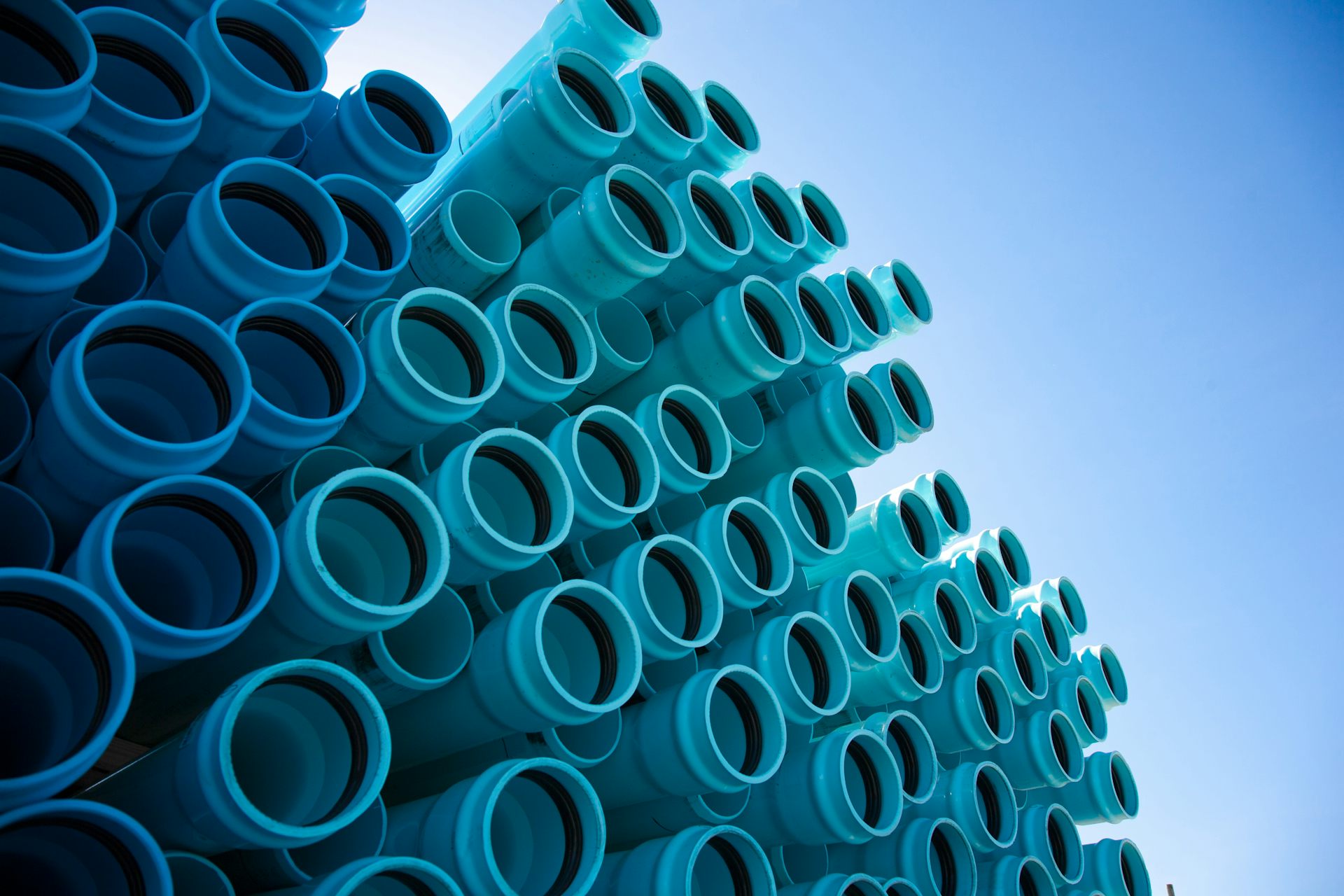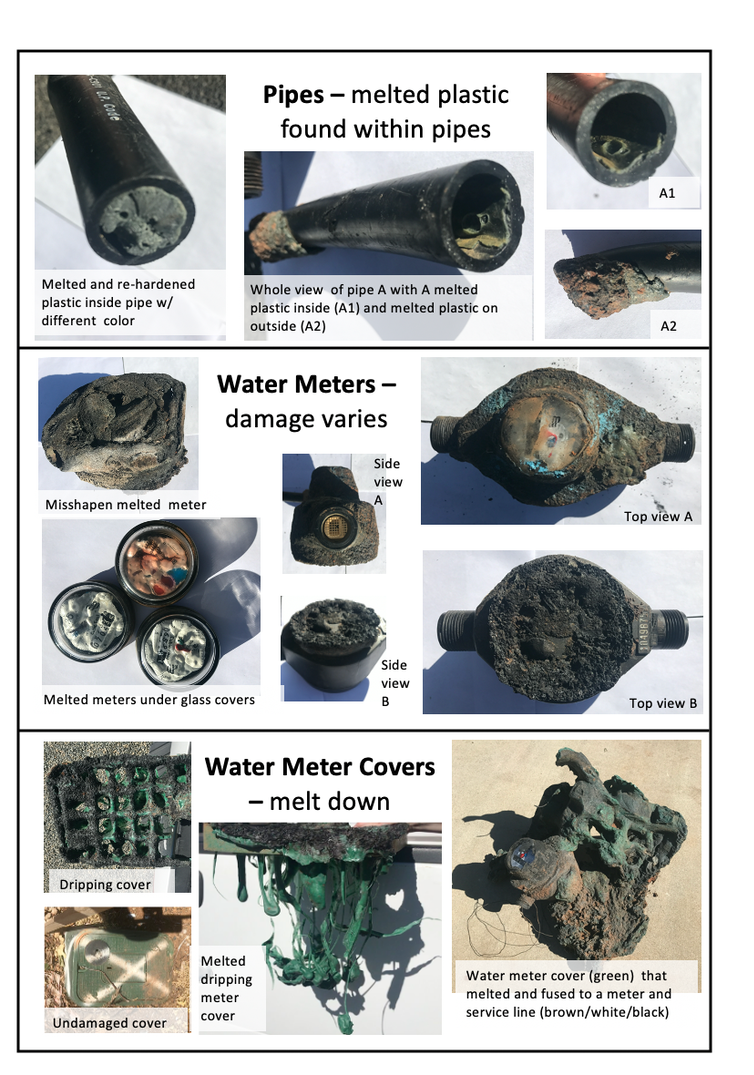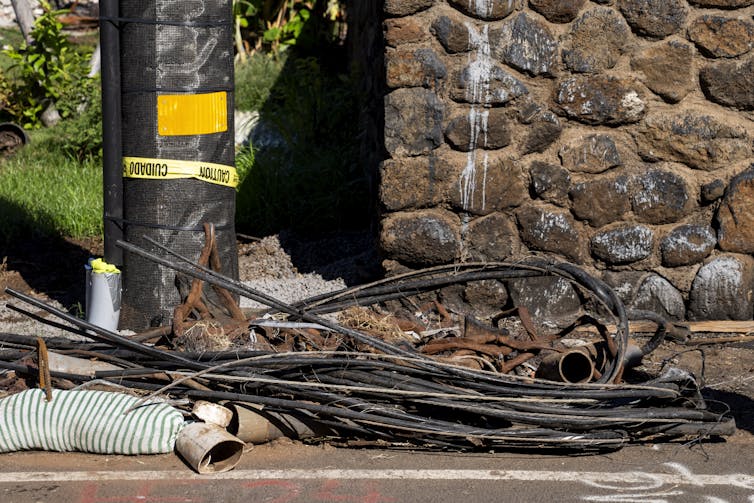
Flint, Michigan, made headlines in 2015 when tests revealed dangerously high lead levels in its drinking water. The city had switched its water supply to the Flint River a year earlier, and corrosive water had damaged aging lead pipes, exposing thousands of people to lead contamination.
The result was a human health crisis that residents are feeling the effects of to this day. And Flint was only the tip of the iceberg.
The EPA estimates that 9.2 million service lines that deliver drinking water to U.S. homes and businesses are made of lead. The federal government considers replacing these lead pipes a top priority and has launched a variety of initiatives to help, including the 2021 Infrastructure Law, which committed US$15 billion over five years to lead pipe replacement.
The EPA is now proposing to require the removal of lead pipes across the U.S. within 10 years. The agency has been silent, however, regarding what should replace lead.

We study water policy and water chemistry, with a focus on plastics and emerging contaminants, as well as on equitable access to clean water. We see concerns with a popular replacement material for lead pipes: plastic.
The buried legacy of lead pipes is concentrated in cities with large low-income populations. Seven of the 10 U.S. states with the most lead service lines are Great Lakes states, and our research shows the new federal funding will cover less than one-fifth of the costs of replacing known lead pipes in that region alone. These cities could unknowingly set up new environmental health risks.
The problem with lead pipes
There is no level of lead exposure considered safe for humans.
In children, lead exposure can affect their organs and brain development, causing decreased intelligence, behavioral disorders and learning problems. Adults are also vulnerable. Even low lead exposure can cause kidney problems and high blood pressure. A recent study estimated that 170 million U.S. adults were exposed to high levels of lead in early childhood.
Congress, in 1986, amended the Safe Drinking Water Act to prohibit the use of lead pipes in the installation or repair of any public water system, home or business that supplies drinking water.
But many communities already had lead pipes that they expected to last for decades longer, and replacing them is expensive. The EPA estimates that replacing each lead service line from a city water main to a home costs an average of $5,066.
Copper, iron and plastic are all common replacement materials for lead pipes. Plastic, particularly polyvinyl chloride or PVC, is an increasingly popular choice. Plastic tends to have an initial price tag that is lower than the others.
However, while most pipe materials have issues over long periods of time, there are potential hidden costs to using plastic pipes in drinking water systems that are raising serious questions and health concerns.
Hidden health costs of plastic
One type of plastic, PVC, was first used in U.S. water systems in 1955 and became widespread in the 1970s. Other types of plastic pipes include cross-linked polyethylene (PEX), high-density polyethylene (HDPE) and chlorinated polyvinyl chloride (CPVC).
Scientific studies have shown that plastic pipes can attract metals and leach out chemicals and micro- and nanoplastics, which are known to exacerbate kidney disease.
Over the past decade, researchers have documented the degradation of plastics and the release of chemicals from plastic polymers and additives in plastics and microplastics. A 2023 study found that pipe material and age can contribute to the release of microplastics in drinking water.
Biofilm – the layer of microorganisms that build up on surfaces in contact with water – can also cause problems in pipes. A 2023 study showed how this biofilm can collect heavy metals, such as lead, which can then be slowly released into the water over time. This accumulation is a problem with any pipe. Some studies, however, have reported that the release of organic substances from polymer-based pipes may promote the growth of biofilms, and plastic materials may promote the ability of pathogens to accumulate in pipes. Further studies are needed to evaluate whether biofilm is a more significant concern in plastic pipes.
Durability concerns
While PVC and other plastic pipe materials have a long life expectancy, they have had durability problems.
A study conducted in Dutch wastewater systems, where plastic pipes have been extensively used since at least the 1970s, found deformations, leaks and root intrusion. Some cities that installed plastic drinking water pipes in the U.S. have encountered similar problems.

Prescott, Arizona, started using PVC plastic pipes in the mid-1980s and began seeing durability issues in the 1990s. In 2023, citing problems with longevity and leaks, Prescott’s mayor announced a switch from PVC plastic to ductile iron.
Hamilton, Ohio, started seeing premature failures of HDPE service lines and water mains after only 20 years, despite HDPE’s estimated life span of 80 years. The city is now switching to iron and copper.
Fire can melt plastic, releasing toxic chemicals
Plastic is also vulnerable to fires. Studies have found that when plastic pipes are heated to high temperatures, they can both melt and release harmful chemicals.
The 2023 fire that swept through Lahaina, Hawaii, damaged plastic water pipes, contributing to a drop in water pressure when Maui firefighters needed it most. In the aftermath, residents were warned that plastic pipes could contaminate the water supply by leaching dangerous chemicals. Loss of pressure can create a sort of vacuum that sucks chemicals and bacteria into water systems.

Heating during fires can also cause plastic to release harmful chemicals. Water testing in California communities affected by wildfires in 2017 and 2018 found that water systems had been contaminated with volatile organic compounds such as benzene, a carcinogen.
Protecting the public
With billions of dollars in federal funding available, communities are deciding right now whether to invest in plastic pipes or other materials as replacements for lead. This is an historic undertaking.
However, we believe more research on the potential effects of plastic needs to be conducted to better understand both the short- and long-term risks to human health and the environment. All factors need to be considered: health, durability, longevity and fire concerns. The initial price tag is not always an indicator of the hidden costs.![]()
Rajpreet Grewal, Water Policy Specialist, University of Wisconsin-Milwaukee; Laodong Guo, Professor of Aquatic Biochemistry, University of Wisconsin-Milwaukee, and Melissa Scanlan, Professor and Director of the Center for Water Policy, School of Freshwater Sciences, University of Wisconsin-Milwaukee
This article is republished from The Conversation under a Creative Commons license.
